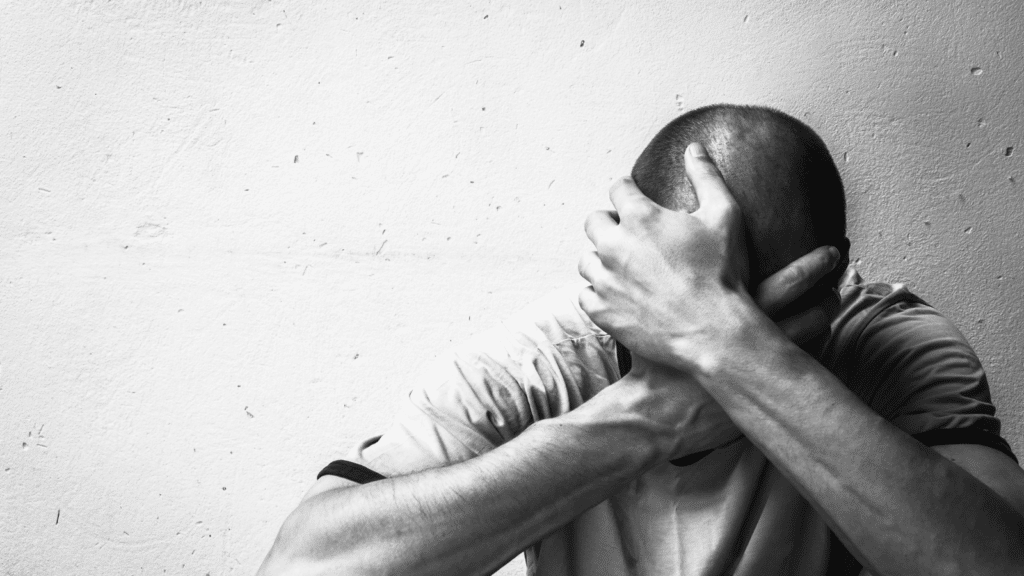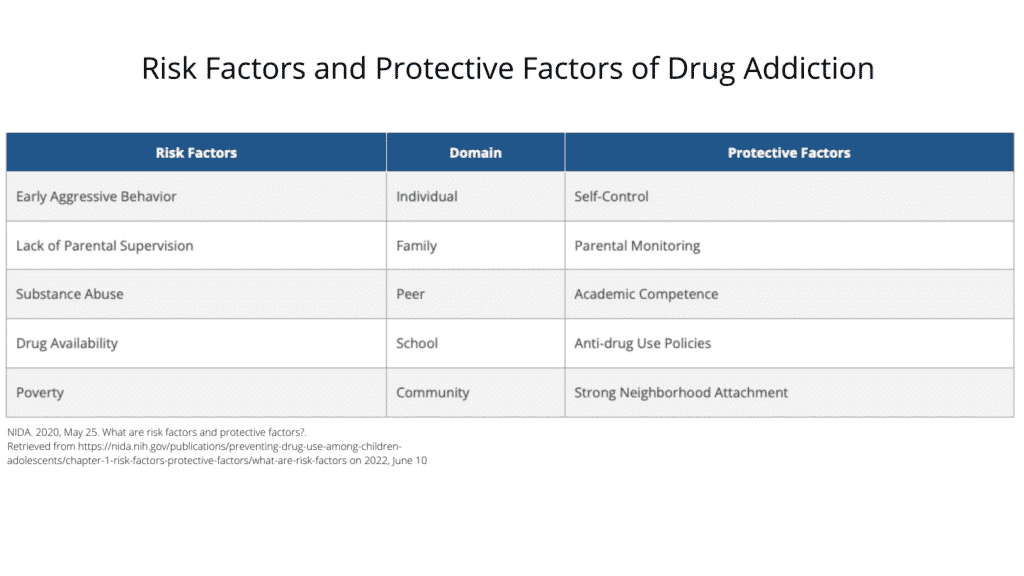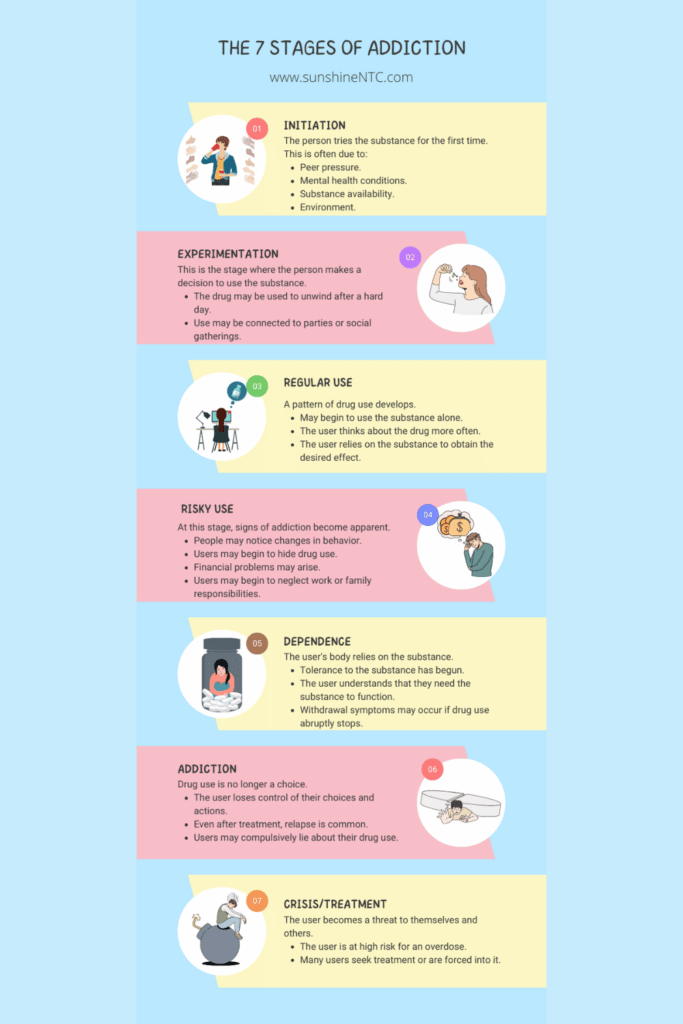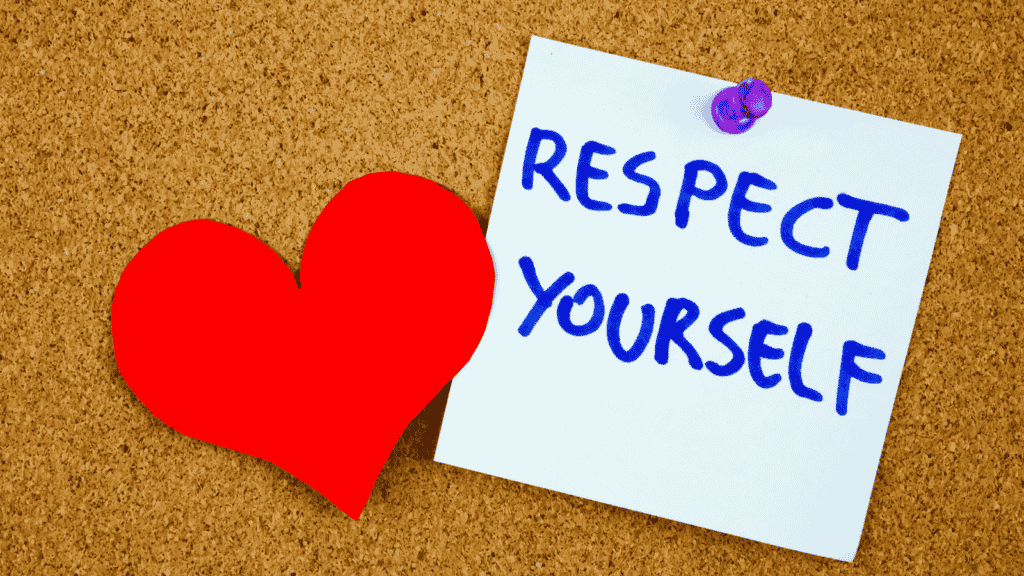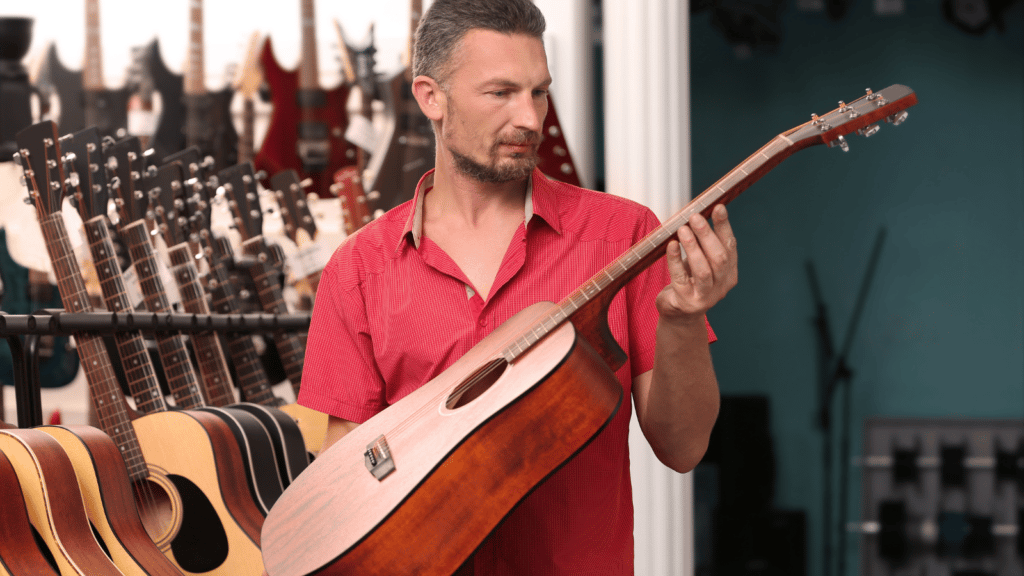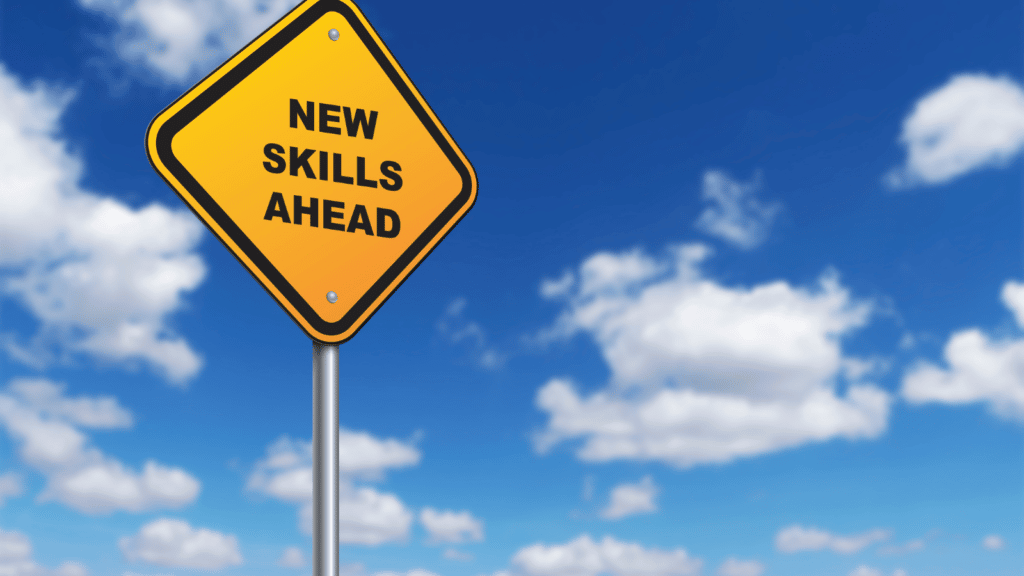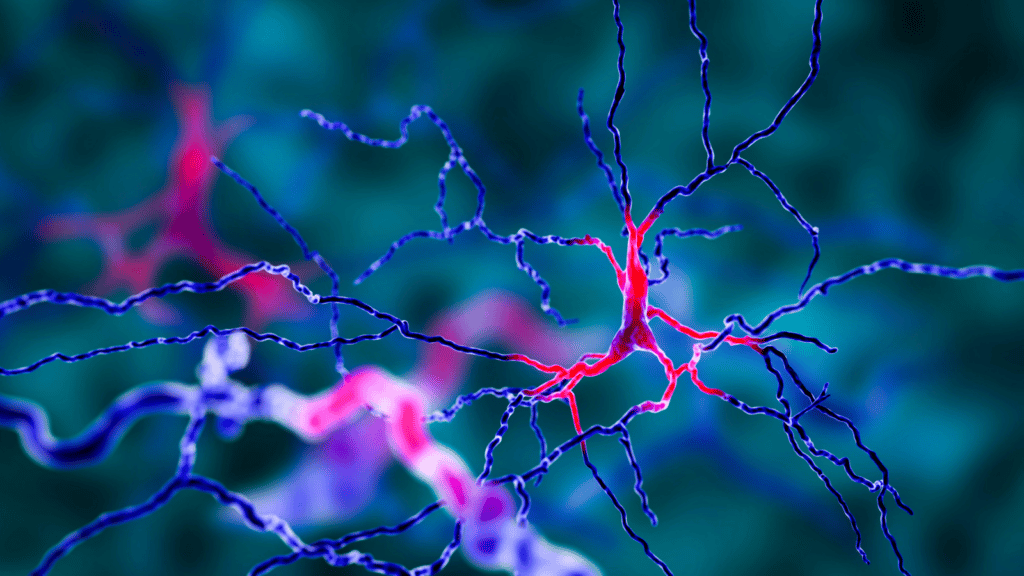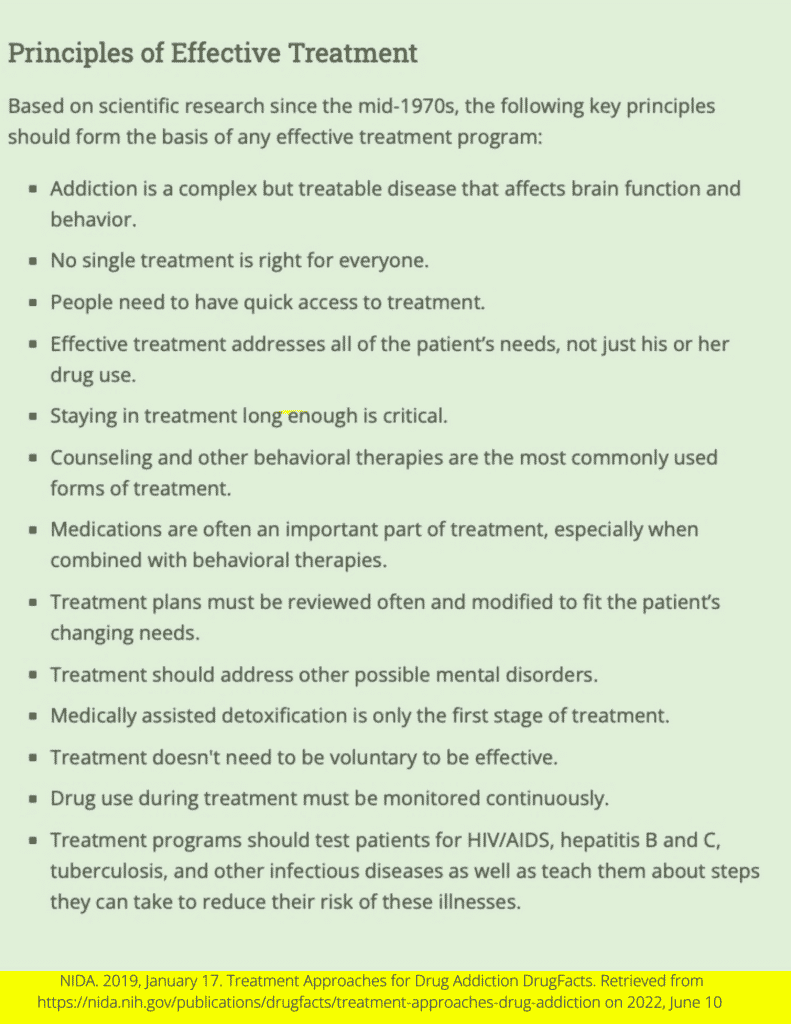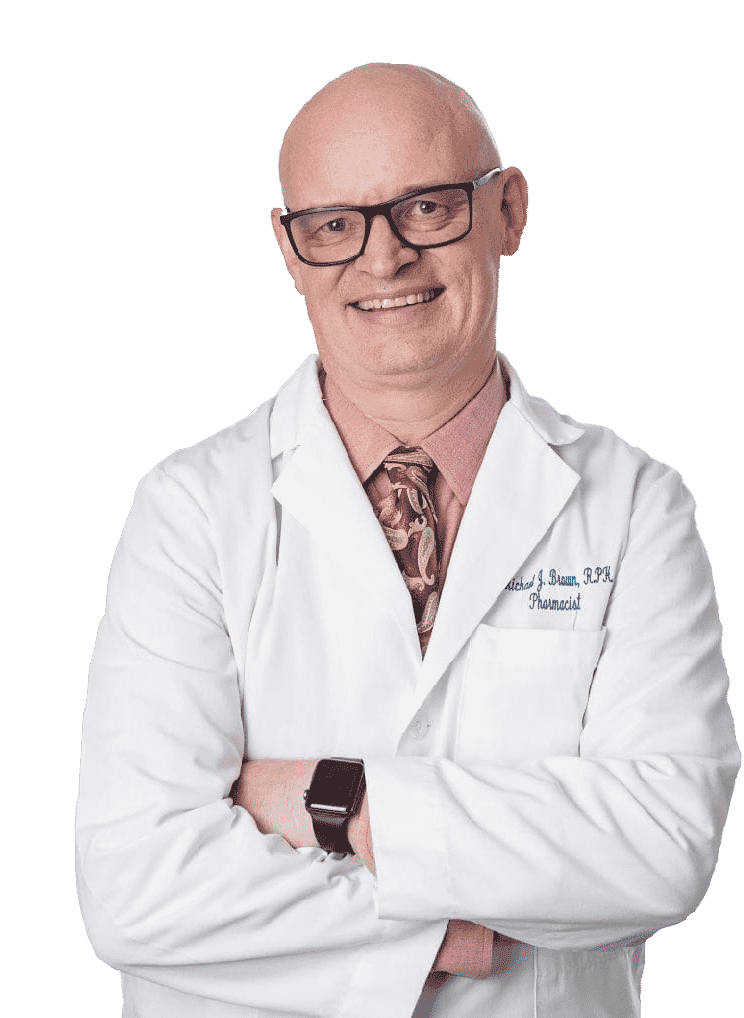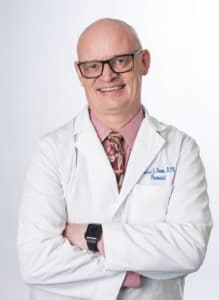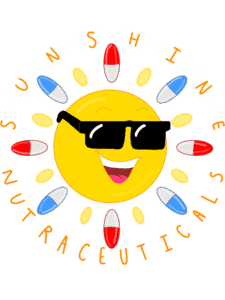- https://drugabusestatistics.org
- Retrieved from https://nida.nih.gov/publications/preventing-drug-use-among-children-adolescents/chapter-1-risk-factors-protective-factors/what-are-risk-factors on 2022, June 10
- https://drugabusestatistics.org
- Kara L. Breymeyer, Johanna W. Lampe, Bonnie A. McGregor, Marian L. Neuhouser,
Subjective mood and energy levels of healthy weight and overweight/obese healthy adults on high-and low-glycemic load experimental diets, Appetite, Volume 107, 2016, Pages 253-259, ISSN 0195-6663
×
Why Choose to Autoship?
- Automatically re-order your favorite products on your schedule.
- Easily change the products or shipping date for your upcoming Scheduled Orders.
- Pause or cancel any time.
